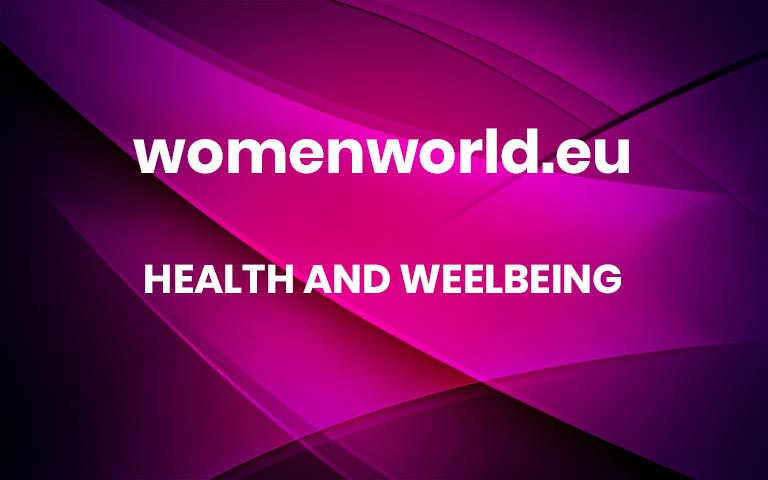Exactly How To Do Supplement Stacking, From A Pharmacist
Quick: count the number of supplements you take a day. There’s the omegas for brain boosting, the nootropics in your coffee, maybe a sleep supplement or magnesium, too. But now, tailoring your supps for max impact, also known as supplement stacking, is gaining traction. When done right, supplement stacking can bridge nutrient gaps, enhance results from training or diet changes and support health through life’s hormonal shifts – without falling into the trap of expensive but ineffective over-supplementation. WH spoke to the experts about how to do supplement stacking for women without overdoing things.
Meet the expert: Nicolene Schoeman is a clinical pharmacist and fitness enthusiast. Sikhosande Kula is a Responsible Pharmacist at AKOS BIO.
What Is Supplement Stacking?
In a nutshell, it’s the art of combining vitamins, minerals and performance boosters in a deliberate, goal-driven way. Supplement stacking has been used among women increasingly to optimise energy, hormones, recovery, or overall well-being. “Modern lifestyles, soil nutrient depletion and certain health conditions mean many people fall short of their nutritional needs,” explains Sikhosande Kula, a Responsible Pharmacist at AKOS BIO.
But while the idea of creating a “custom formula” can sound amazing (or too good to be true?!), the smartest stacks aren’t just a grab-bag of trending capsules. They’re built on an understanding of your body’s needs, your lifestyle, and the science behind each ingredient. “Supplements should complement, not replace, a nutrient-rich diet,” Kula maintains.
Benefits of stacking
“I can see why supplement stacking is gaining popularity,” says Nicolene Schoeman, a clinical pharmacist. “When done thoughtfully, it can make sense. Some nutrients work beautifully together in what we call nutrient synergy – where the combined effect is greater than what either nutrient could achieve on its own. It’s a bit like pairing the right training program with the right nutrition plan – the results can be amplified.” It’s something chemists see all the time, Schoeman explains. For example, adding a pinch of black pepper to your Golden Milk with turmeric helps the absorption of those antioxidants. Also, pairing iron with vitamin C will help improve the absorption.
The benefits of supplement stacking for women don’t end there: many can target multiple aspects of health at once, says Kula. For example, combining magnesium and B vitamins for energy and nervous system support, she adds.
READ MORE: 15 Things Your Period Could Be Telling You About Your Health
How To Build A Supplement Stack
Supplement stacking as a woman could yield results, with people using it for weight loss, enhanced performance, hormonal balance and more. According to experts, here’s how to build one for yourself.
1. Set a goal
Be as specific as possible. If your goal is to “get healthier”, quantify that. Do you want to score a new PB? Reduce inflammation in your back? Support focus during work? Balance hormones? From there, your needs will fall into four core categories: performance, prevention, recovery, or symptom support. Stacks should differ depending on which.
2. Get the basics right
Every supplement is going to sound fancy, and the allure of health elixirs are hard to resist. “The supplement industry is massive (worth over $480 billion globally in 2024!),” explains Schoeman, “and it thrives on convincing us we need more than we actually do.” Schoeman narrows down her needs by asking what is genuinely missing from the diet. And then, she asks how she can improve meals, hydration, rest and training first – and adds supplements after.
3. Find the gaps
Once you’re sure you’re getting eight to 10 a night, five a day and an hour of movement, try precision-targeting the gaps in your nutrition. Blood tests can find deficiencies like vitamin D, B12, iron and more. Use a symptom tracker to make sense of things like frequent fatigue, poor concentration and brittle nails. These are sometimes linked to specific nutrient needs. And, consider your lifestyle. Vegans absolutely need vitamin B12 and omega-3; office workers should be getting extra vitamin D to make up for the lack of sunlight.
4. Choose evidence-based supps
Choose supplements with strong human clinical evidence (check Examine.com, Cochrane Reviews, PubMed). If you find a study done only in rodents or only has anecdotal evidence, avoid or approach with caution. And remember, says Schoeman: “supplements aren’t regulated as tightly as medicines. ‘Proprietary blends’ might sound fancy, but they often don’t disclose exact amounts of each ingredient, making it harder to know what you’re truly taking.” In this case, do some extra research.
5. Measure the dosage
Many supplements come in blended powders, so you can cut down on buying a ton of stuff. While this is great, it could lead to over-supplementation. Check the dosages of your stack to make sure you’re not overdoing things.
READ MORE: Your Cardio Age Could Predict How Long You’ll Live – Here’s How To Measure It
Pitfalls Of Supp Stacking
“Always check for safety, side effects and interactions with any medications you take,” warns Schoeman. “Even something ‘natural’ can cause harm, and at the very least, an unnecessary supplement can be a waste of money.” There are other possible negatives, too:
Taking more than the safe daily dose of certain vitamins or minerals
Overlapping ingredients (for example, Vitamin D showing up in multiple products without you realising)
Interactions with prescription medication
Spending a lot of money on combinations that may not be effective for you personally
Is Supplement Stacking For You?
In short, it could be. In either case, it’s smart to optimise any supplements you’re already taking. “Supplement stacking can be a smart, targeted approach if it’s based on your actual needs (and ideally, blood work or professional guidance),” says Schoeman. “But without a clear reason, it’s a bit like throwing ingredients into a smoothie hoping it will taste amazing – sometimes it works, sometimes it’s just an expensive experiment.”
READ MORE: 13 Next-Gen Biohacks Every Wellness Girl Should Know More



